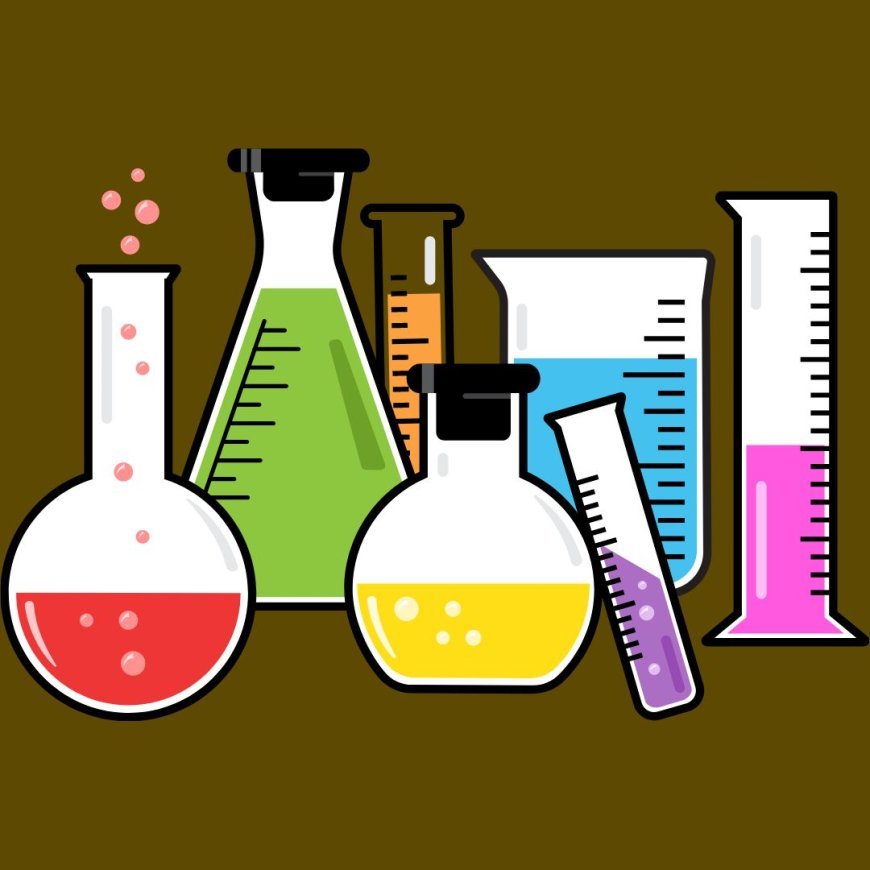NEET Chemistry Syllabus

NEET Chemistry Syllabus
Class 11 Chemistry:
1. Some Basic Concepts of Chemistry:
o Mole concept, atomic and molecular masses.
o Chemical reactions and stoichiometry.
2. Structure of Atom:
o Bohr’s model, quantum mechanics, and atomic orbitals.
3. Classification of Elements and Periodicity in Properties:
o Periodic table and periodic trends.
4. Chemical Bonding and Molecular Structure:
o Ionic, covalent bonds, hybridization, VSEPR theory, and molecular geometry.
5. States of Matter:
o Gases, liquids, and intermolecular forces.
o Gas laws and kinetic theory.
6. Thermodynamics:
o First and second laws, enthalpy, and Gibbs free energy.
7. Equilibrium:
o Equilibrium constant, Le Chatelier’s principle.
o Ionic equilibrium, buffers, and solubility.
8. Redox Reactions:
o Oxidation and reduction, balancing redox reactions.
9. Hydrogen:
o Properties, hydrides, and water.
10. The s-Block Elements (Alkali and Alkaline earth metals):
o Group 1 and Group 2 elements, properties, and compounds.
11. The p-Block Elements:
o Group 13 and 14 elements, properties, and compounds.
12. Organic Chemistry – Some Basic Principles and Techniques:
o Nomenclature, isomerism, and types of organic reactions.
13. Hydrocarbons:
o Alkanes, alkenes, alkynes, and aromatic hydrocarbons.
14. Environmental Chemistry:
o Environmental pollution and control.
Class 12 Chemistry:
1. Solid State:
o Types of solids, unit cells, and packing efficiency.
2. Solutions:
o Concentration terms, Raoult’s law, and colligative properties.
3. Electrochemistry:
o Conductance, electrolysis, and Nernst equation.
4. Chemical Kinetics:
o Rate of reaction, order of reaction, and activation energy.
5. Surface Chemistry:
o Adsorption, catalysts, colloids.
6. General Principles and Processes of Isolation of Elements:
o Metallurgy, extraction techniques.
7. The p-Block Elements:
o Group 15 to 18 elements, properties, and compounds.
8. The d- and f-Block Elements:
o Transition elements, lanthanides, and actinides.
9. Coordination Compounds:
o Ligands, coordination number, and bonding.
10. Haloalkanes and Haloarenes:
o Preparation, properties, and reactions.
11. Alcohols, Phenols, and Ethers:
o Preparation, properties, and reactions.
12. Aldehydes, Ketones and Carboxylic Acids:
o Preparation, properties, and reactions.
13. Organic Compounds Containing Nitrogen:
o Amines, diazonium salts, and cyanides.
14. Biomolecules:
o Carbohydrates, proteins, enzymes, vitamins.
15. Polymers:
o Types and properties of polymers.
16. Chemistry in Everyday Life:
o Drugs, detergents, and food additives.


 Achievers Team
Achievers Team 





